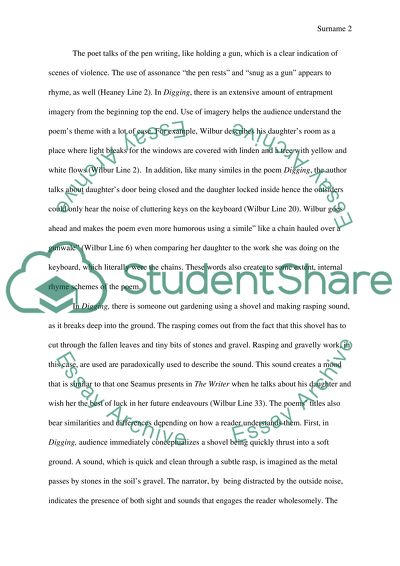Cite this document
(“Analysis of Digging by Seamus Heaney and The Writer by Richard Essay”, n.d.)
Analysis of Digging by Seamus Heaney and The Writer by Richard Essay. Retrieved from https://studentshare.org/literature/1473107-english-literary
Analysis of Digging by Seamus Heaney and The Writer by Richard Essay. Retrieved from https://studentshare.org/literature/1473107-english-literary
(Analysis of Digging by Seamus Heaney and The Writer by Richard Essay)
Analysis of Digging by Seamus Heaney and The Writer by Richard Essay. https://studentshare.org/literature/1473107-english-literary.
Analysis of Digging by Seamus Heaney and The Writer by Richard Essay. https://studentshare.org/literature/1473107-english-literary.
“Analysis of Digging by Seamus Heaney and The Writer by Richard Essay”, n.d. https://studentshare.org/literature/1473107-english-literary.


